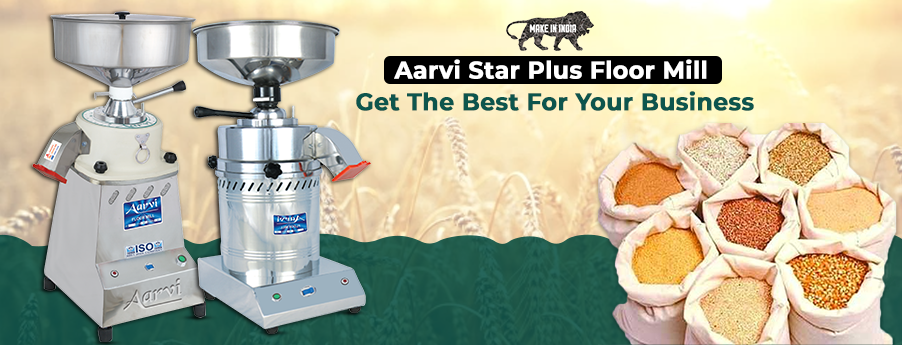
Stone Chakki Atta a better choice?
Several kinds of wheat atta (flour) are available for sale, with the most popular being enriched, mixed with other grains, and or more recently touted as ‘whole wheat’ atta.
The differences between flours come down to the following:
In this article we focus on the last aspect - the processing of the wheat kernel into wheat flour.
After cleaning the grain kernels using blasts of air, manufacturers use one of two types of milling processes to grind the kernels. Roller milling uses a series of large steel rollers to repeatedly cut/ shave the kernels into flour. Stone milling or the traditional ‘chakki’ uses large rotating stones to grind the kernels into flour.
While jury is out on which process is better, there are a few compelling facts in favor of stoneground flour.
Slower the better
Stone milling is relatively a slow tedious process, often processing not more than 50-200kgs of wheat per hour. But then, stone milling is a relatively cool process compared to high-speed rollers, processing tons (approx. 120tons + per day) of wheat continuously, which heat up the flour significantly killing most of the vitamins.
Recall all whoopla about cold pressed juices!!
Complete wholesome nutrition
The high temperatures in roller milling also cause the oils in the grain to turn rancid, so flour processed using rollers should typically spoil faster than stone milled flour. Smartly, the rollers found an interesting way to extend the shelf life – they either remove of the wheat germ, which contains most of the oil and also very useful antioxidants or add preservatives to make atta last longer. Remember seeing ‘use within 180days’ label on most packaged white flour bags?
Alternatively, stoneground flour contains all parts of the grain – bran, endosperm and the germ, making it a healthier, wholesome and low glycemic index food. In warmer climates such as ours, chakki atta would last more than 8weeks. So, don’t stock for months.
